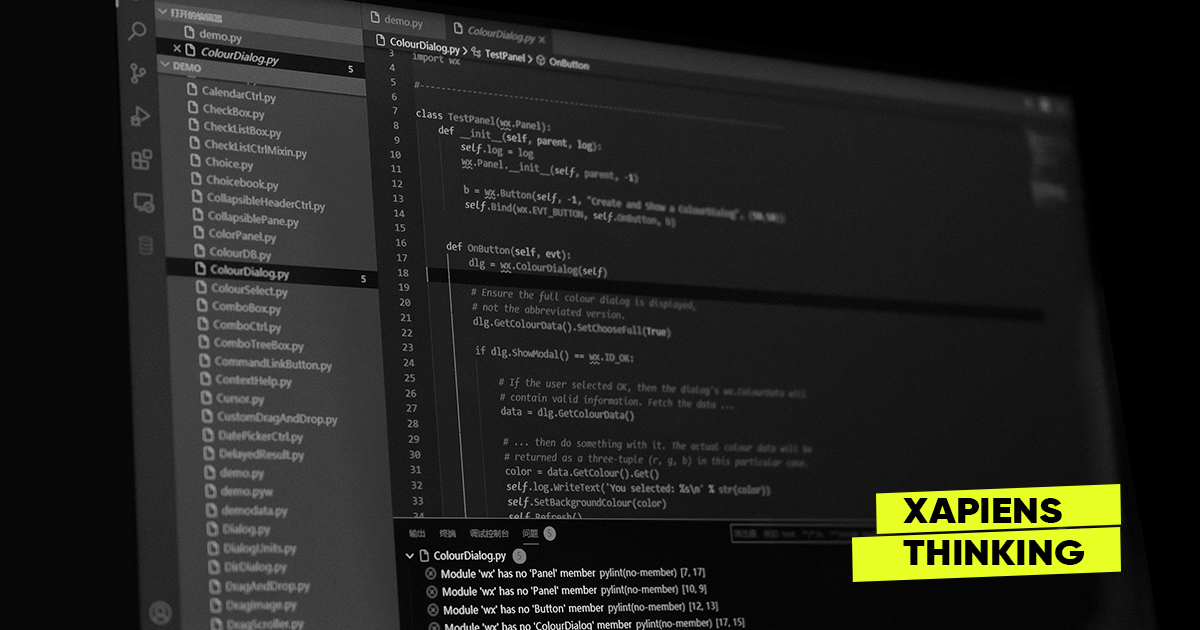
It doesn’t matter what language you're using — automation is not only possible, it’s absurdly simple.
With the help of an LLM, you can create code-generation templates in minutes. Just describe what you want with a well-crafted prompt, or even better, upload a piece of code you're proud of and say: “Make me a template out of this.” The model will extract the structure, logic, and style — and boom, you’ve got a reusable pattern.
The tools are already here. Scriban, Liquid, and similar engines are lightweight, battle-tested, and perfect for turning metadata into structured, predictable source code. You’re not relying on a “smart” assistant guessing what you meant — you’re giving your system clear instructions on what to generate and how to do it.
The best part? You can create as many templates as you want. One for services, another for DTOs, another for tests or interfaces — and then run a simple little console app to generate tons of code in seconds. Clean. Consistent. Yours.
Unlike Copilot or Devin, which try to be clever and often drift into chaos, this method is brutal in the best way: it gives you full control. You design the structure once, and then you let the machine repeat it — flawlessly, endlessly, and fast.
This isn’t about replacing developers. It’s about elevating them to system designers. Architects of repeatable, scalable patterns.
You’re not just coding anymore. You’re building the machine that builds your code.
And that changes everything.
